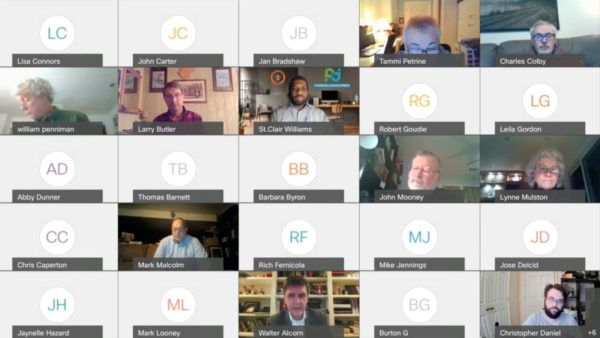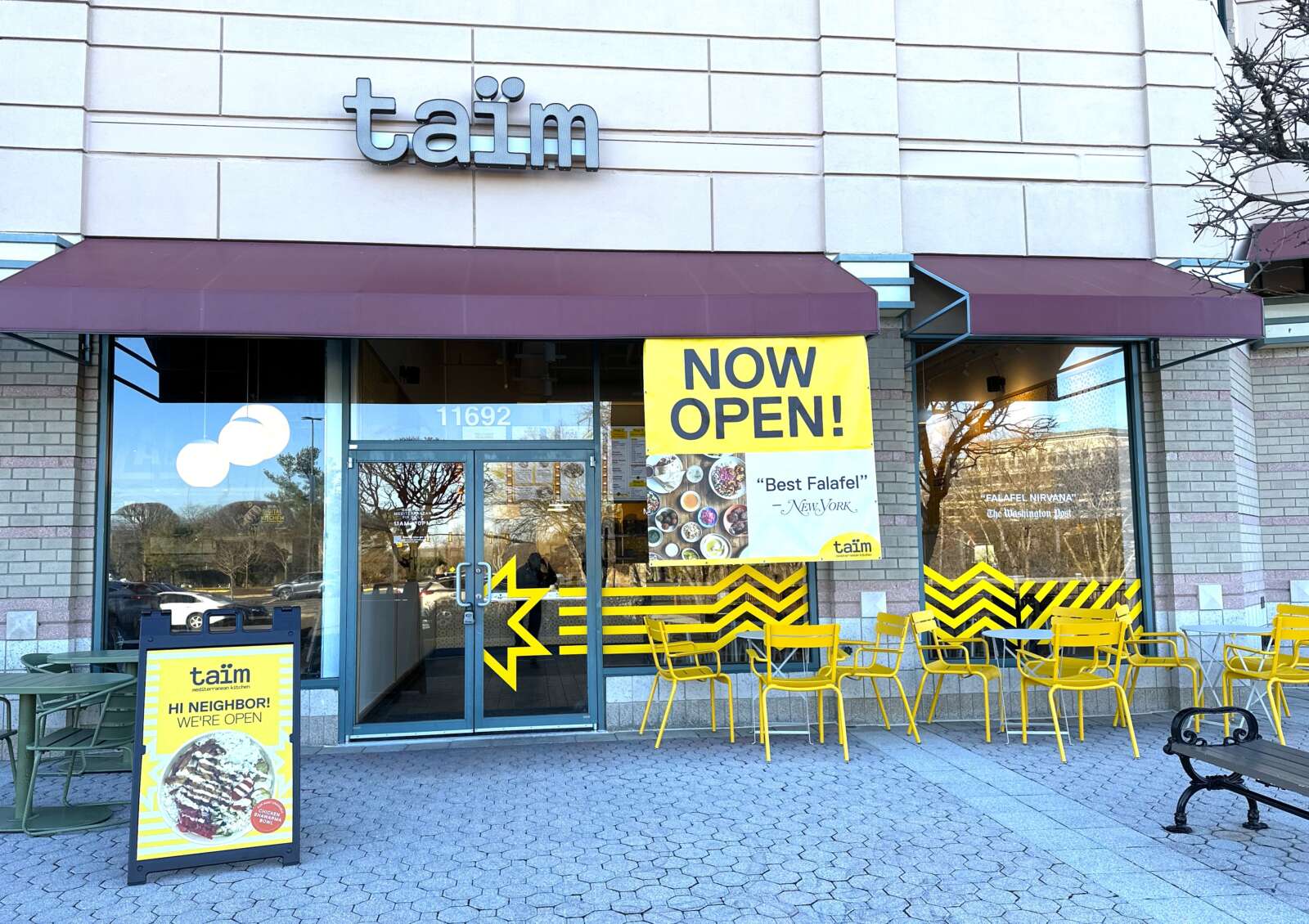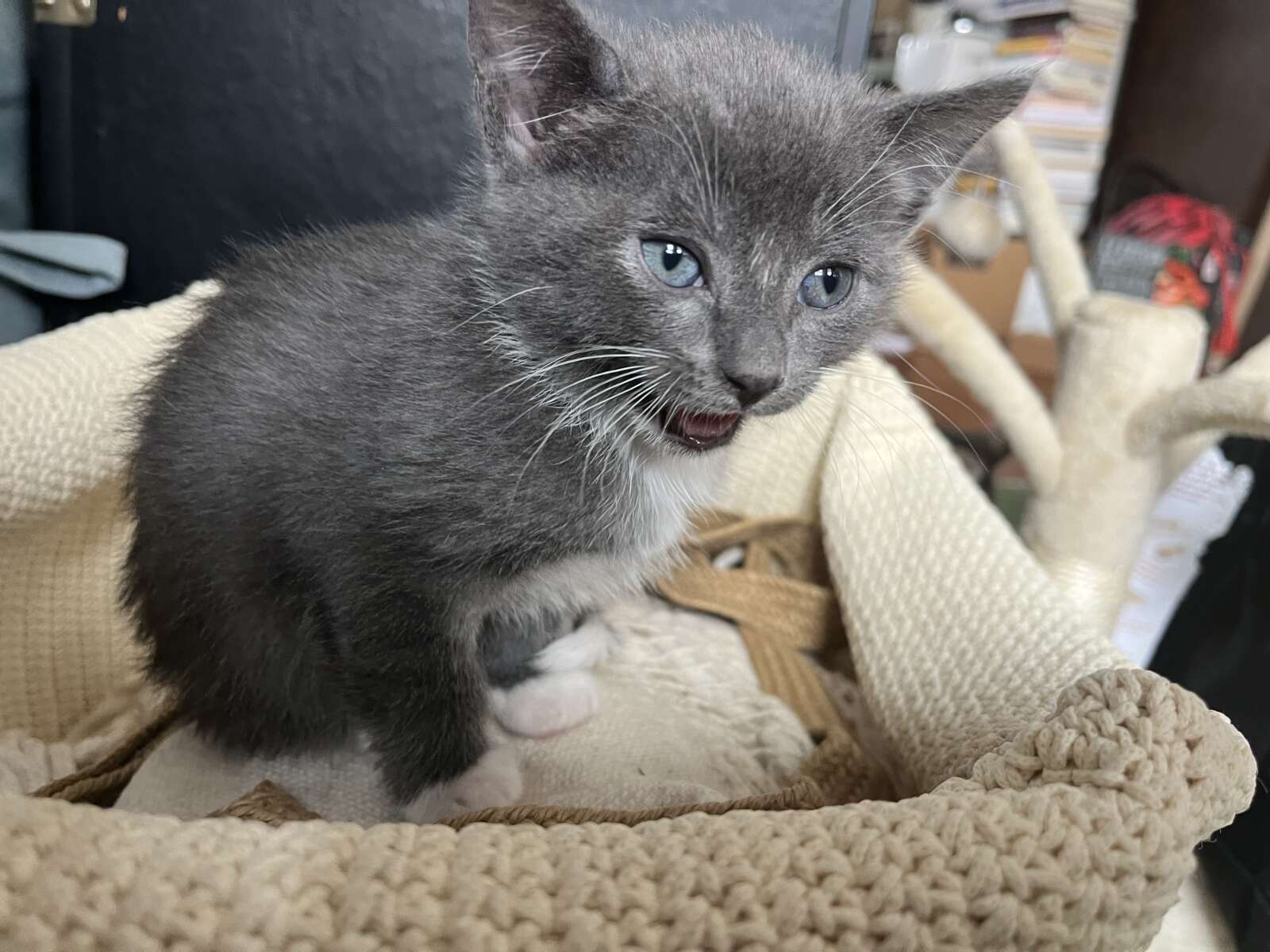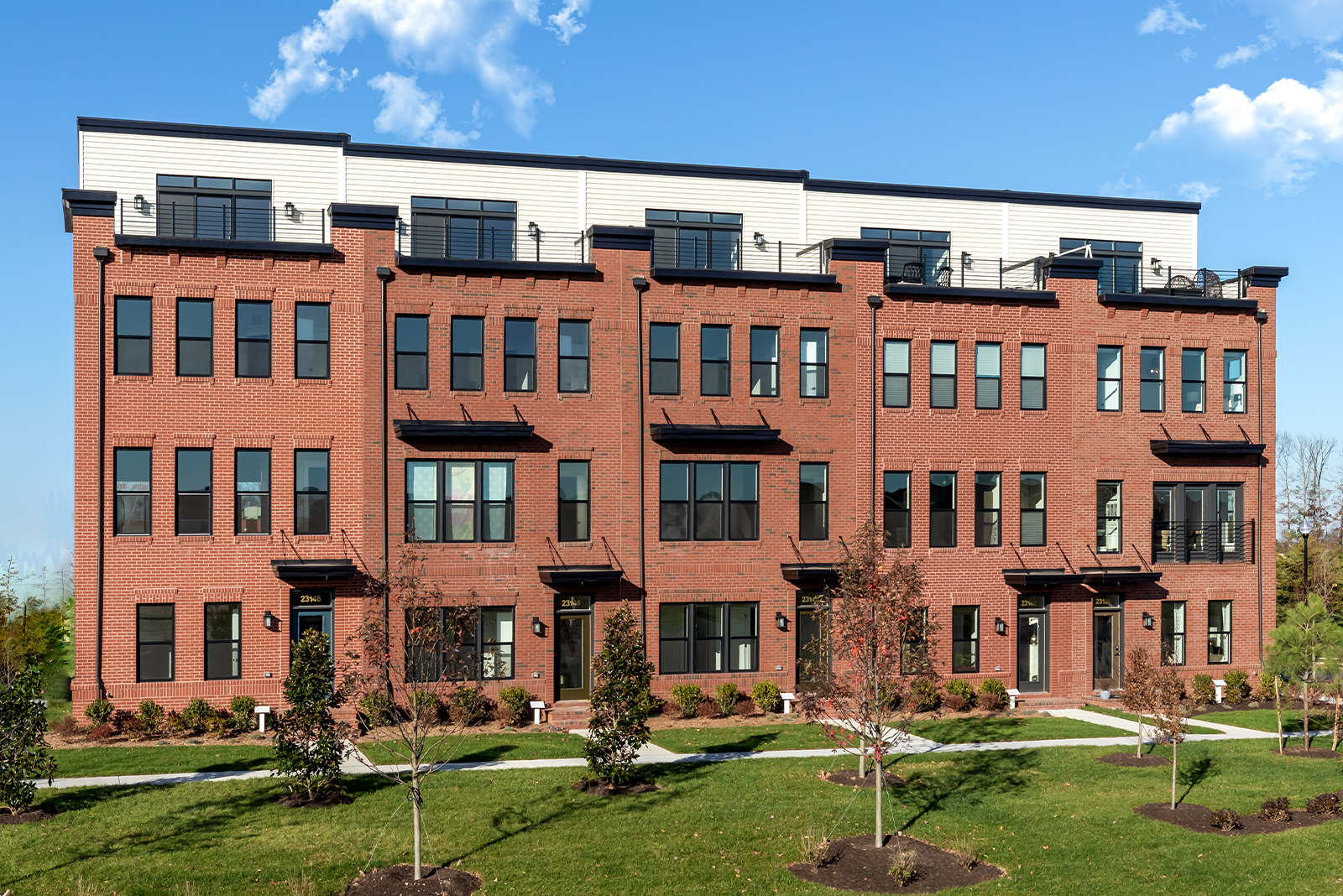The Reston Comprehensive Task Force heard from a panel of community leaders from various organizations about on how to plan for open space and public art during a meeting earlier this week
The 32-member task force is chaired by Hunter Mill District Supervisor Walter Alcorn to review and make recommendations for Reston’s Comprehensive Plan. The group, which met on Monday, includes representatives from community organizations and various backgrounds.
Alcorn asked the task force as a whole to consider its recommendations for guidance on how to treat open spaces, including what percentage of public or private-public space should be aimed for. Alcorn requested that the group consider reviewing general accessibility for open space, maintenance responsibilities, and gathering a broader sense of placemaking for open spaces.
“The issues that we’re talking about here tonight are typically not ones that are addressed, if at all, very much in a comprehensive plan,” Alcorn said Monday night. “Most of the open space issues where they’re addressed are addressed in terms of recreation use, in terms of trees saved, in terms of more what I would call them traditional open space issues.”
The topic of open space was addressed by a panel that included Larry Butler from Reston Association (RA), Robert Goudie from Reston Town Center Association (RTCA), Diana Smith from Herndon Reston Indivisible, and Abby Dunner and Tom Barnett from Fairfax County’s Office to Prevent and End Homelessness (OPEH).
Butler opened the discussion with a question for the task force and panelists to consider about the different operations between private open space and “truly open space.” He listed potential concerns in the difference of private corporations and true public entities, namely in the different protections and risks each has to consider.
Goudie followed up by listing the benefits of private ownership of open spaces and how it has impacted the RTCA, which has both a commercial and a residential partnership. His listed benefits included:
- Public treasury can struggle to fund required maintenance and upgrades that private funds can more easily handle.
- Private ownership can protect or preserve some space in the community free of political activity.
- Privatization can provide flexibility and limited bureaucracy in closing streets and creating events.
He used a few examples to clarify his position with the costs associated with the Mercury Fountain Plaza, Town Square Park, and West Market Stormwater Pond. Butler itemized the costs associated with the maintenance and renovation of each to demonstrate the private association’s ability to directly prioritize renovations and repairs that he assessed would quickly run up costs on the public coffers.
Smith also touched on the issue of public space available for political activities. She raised issues during her presentation about the hindrance created by the lack of public open spaces for those activities. She also advocated for the consideration to use the new Reston Regional Library redevelopment as a kick-start to reclaim the rights for publicly open space.
“If the Reston open space plan is successful, in my opinion, there will be no more ceding of Fairfax open space land to developers,” Smith said. “The community will be the owners and managers of our public open space, and we will have democratically selected places we can go.”
Barnett presented the final part of the open space panel as he urged the task force to also recognize the challenges created for the homeless or unsheltered population by the type of public properties in the area.
During the second panel, Leila Gordon from Public Art Reston (PAR), Lisa Mariam from ArtsFairfax, and Jaynelle Hazard from GRACE curated the discussion on public art.
The trio gave various examples to support the continued introduction of public art in the area.
“It will be vital, I think, for whatever revisions you come up with to the Reston Master Plan, that you continue to support and endorse a robust presence for public art,” Gordon said to the task force.
Mariam and Hazard also encouraged the task force to consider strengthening the language supporting public art by describing art as beneficial to the community’s identity and overall wellbeing.
Gordon added that it is critical to recognize the cost associated with commissioning and creating public art projects as well as maintaining the collection.
“You can’t expect that significant public art can be realized without multiple funding resources,” Gordon said. “You need to support the notion of funding from the public coffers, funding from the private sector, funding through the development process through specific proffers for public art amenities, and funding from individuals and community resources.”
The task force’s next meeting is on Jan. 11.






